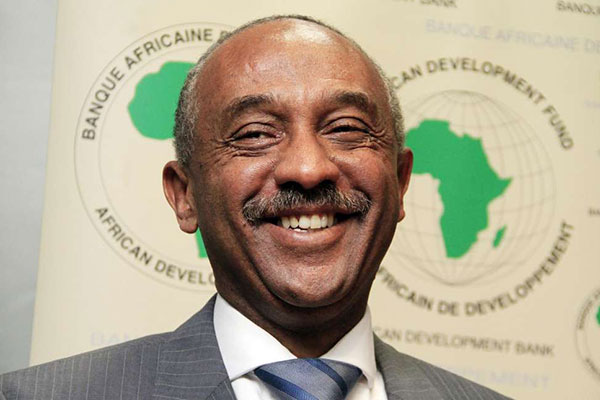By Talkafrica correspondent
East Africa | August 2017 – The African Development Bank has over the last 50 years disbursed loans and grants amounting to USD30 billion to improve transport infrastructure and networks in Africa.
More than 450 transport projects in roads, ports, airports, and railways have been financed by the Bank. The infrastructure investment has facilitated, augmented trade and people mobility while boosting economic growth of beneficiary countries, directly benefiting over 450 million people.
Transportation projects have received the most funding with more than 40,000km of roads paved across Africa. In East Africa, 1,760km of road has been paved in Kenya, 2,230km in Tanzania, 2,320km in Ethiopia, 800km in Rwanda, and 930km in Uganda, among others.
“These roads contribute to the opening up of remote areas in the countries which were isolated and consequently releasing their agricultural and economic potential. Other road projects consolidate important existing traffic routes that enhance regional connectivity, linking capitals and link them to major ports, facilitating trade,” AfDB East Africa Regional Hub Director General, Gabriel Negatu said.

The Bank’s first project, rolled out in 1967 involved the paving of two road sections which now link the towns of Eldoret, Kenya to the Timborora region in Uganda. This laid the foundations for a road route through which most of the exchanges between the countries of the Great Lakes region and the Indian Ocean are transiting today. The latter also connected the Kenyan capital, Nairobi to the Kilimanjaro region of Tanzania. The road has largely contributed to increased trade and tourism growth in both countries.
In the aviation sector, the Bank has supported investments in some 30 airports across the continent. In East Africa, Kenya and Ethiopia are the main beneficiaries with Jomo Kenyatta International Airport getting funding for the design of the new runway to be constructed and the Ethiopian Airline received USD 159 million to partly finance Ethiopian Airlines’ expansion plan and fleet modernization program. Addis Ababa Bole International Airport got a new runway and technology for the safety and reliability of air traffic financed by Bank.
Air transport play a tremendous role in the development of African countries. It provides territorial cohesion; facilitates people’s mobility and trade, and is a vital lifeline for industries such as fresh flowers and horticultural exports to Europe, which depend on just-in-time delivery and the tourism industry, which plays a significant role in East African economies. Air transport also plays a vital role in the region by facilitating rapid responses to emergencies through provision of food and medical aid. In addition to the financing of terminals, the AfDB has been committed to improving air safety for the past ten years through the implementation of training and equipment programs implemented by the regional economic communities.
Rail transport is a game-changer for the economic activity and territorial cohesion of several African countries by allowing large volumes of freight and passengers to be transported over long distances and at a lower cost. In this regard, the AfDB committed USD40 million for the Rail network that runs from Mombasa Port in Kenya to the Ugandan capital in Kampala, with a branch to Pakwach in northeastern Uganda.
As entry points for international trade, marine ports are important elements for the economic competitiveness of African countries. 16 of them have been created, enlarged or modernized through AfDB financing, especially in West Africa. These ports also provide access to the see and link landlocked countries such as Uganda, Ethiopia and Rwanda to markets. The Bank has also supported shipyards in other parts of the continent.
“In order to realize their full potential, transport projects must be complemented by investments in other sectors of the economy,” commented the evaluators of the first transport project financed by the AfDB. This holistic approach was adopted by the Bank and its projects have great impact on people’s daily lives.
The Bank has prioritized Africa’s infrastructure. However, the deficit is huge standing at USD98 billion which the Bank cannot bridge the gap alone. In this regard, the Bank is championing innovative infrastructure financing through domestic resource mobilization, PPPs, and co-financing.
Projects
Kenya
– USD1, 780 million lent for 22 projects
– 1,720km of roads paved
– Over 20 million beneficiaries
Uganda
– USD870 million lent for 15 projects
– 930km of road paved
– Over 16 million beneficiaries
Tanzania
– USD1, 580 million lent for 18 projects
– 2,230km of road paved
– Over 27 million beneficiaries
Ethiopia
– USD1, 380 million lent 17 for projects
– 2,320km of road paved
– Over 40 million beneficiaries
Rwanda
– USD580 lent for 13 projects
– 300km of road paved
– Over 7 million beneficiaries













